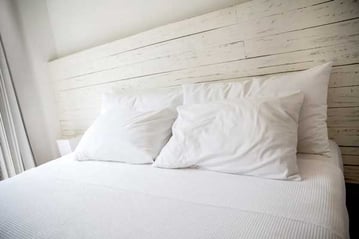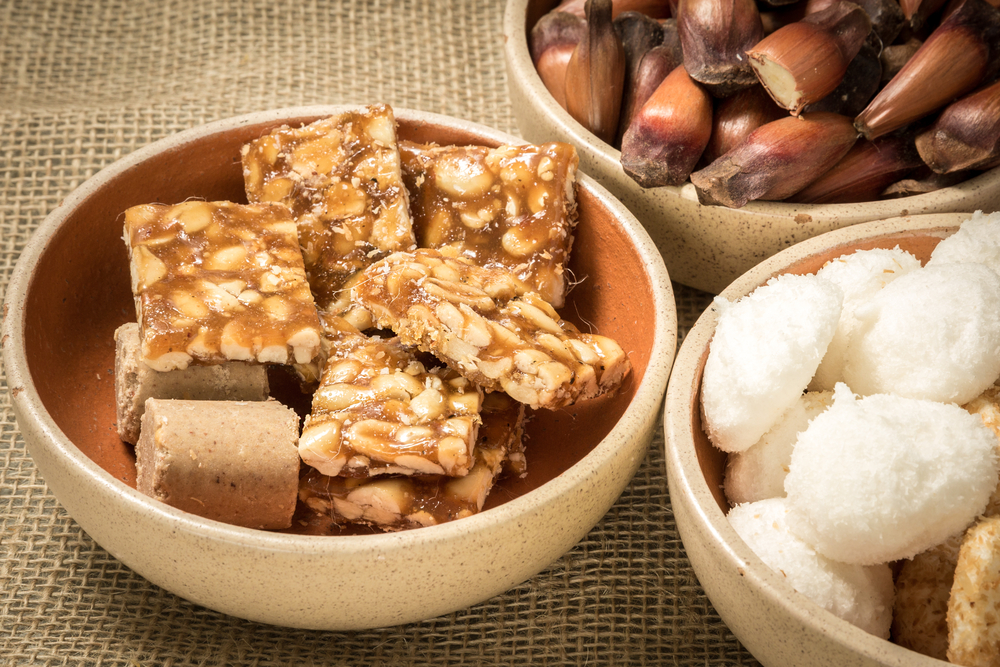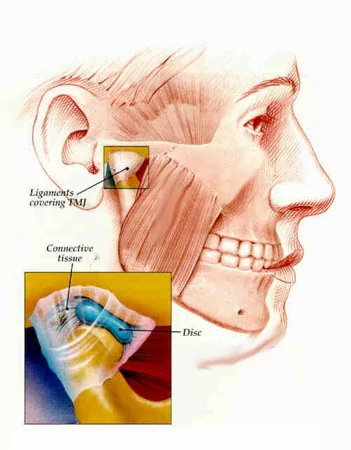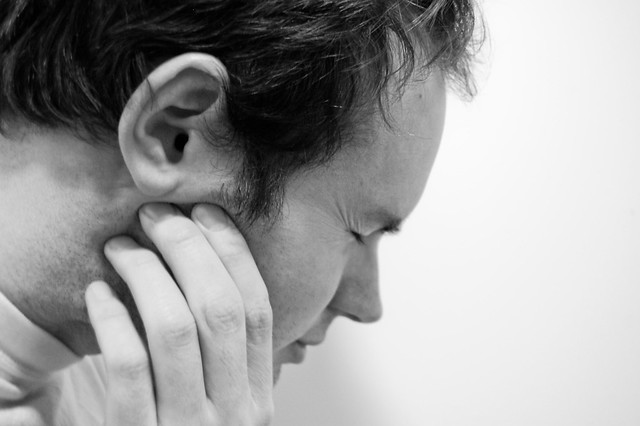The temporomandibular joint (also known as the TMJ) is critical to opening and closing our mouth! Which is of course critical in order to bite, chew, swallow and talk! If you've been diagnosed with TMJ dysfunction or disorder, then you've likely got a variation of jaw pain, clicking or locking. You probably have difficulty eating, especially hard or crunchy foods. For more information on causes of TMJ dysfunction, refer to You and your Temporomandibular Joint (TMJ).
.jpg?width=332&height=221&name=Delicious-sweets-for-the-Brazilian-Junina-Party-(Festa-Junina).jpg)
TMJ Home Program Do's and Don'ts
What should you do (and what should you avoid) while at home to help reduce pain and speed recovery?
First and foremost, REST. But how on earth does one rest the jaw? Eating soft foods and avoiding those that need a lot of chewing (like tough meat and chewing gum). Restricting activities where you open the jaw wide like singing and large yawns are also helpful.
Exercises for the TMJ
Exercise! Your physical therapist will give you an exercise program. Make sure you do it! Strengthening the muscles of mastication (the muscles around the jaw) and muscles that stabilize your neck needs to be working in top condition. This will help reduce your symptoms.
One of our favorite exercise routines for TMJ dysfunction are the Rocabado 6 x 6 exercises. If you are unfamiliar with these, feel free to reach out and we can provide you with a copy of the exercises.
Sleeping with TMJ dysfunction
Don't sleep on your belly! When you do that it puts extra pressure on the TMJ as well as your neck. The best sleeping position is on your back with a pillow under the neck and head. Avoid laying on top of the pillow where the shoulders are also on the pillow.

This one may come as a surprise, but do limit stress, especially before bed! When we are stressed, there's a tendency to clench the jaw and grind the teeth while we sleep. Neither of which are kind to the TMJ.
Heating Pads for TMJ dysfunction
Do use moist heat! Heat the area with a bean hot pack or even a heating pad. But be very cautious of the temperature, as the skin of the face is much more sensitive than other areas of the body. 15 minutes is recommended but at 5 minute intervals check the skin.
Self Care and Physical Therapy for TMJ dysfunction in Columbia, MD or Baltimore, MD
If you want to learn more about how our physical therapists treat the TMJ, contact our office today!




